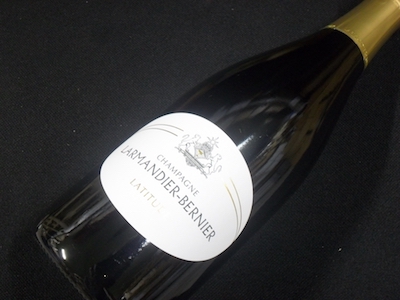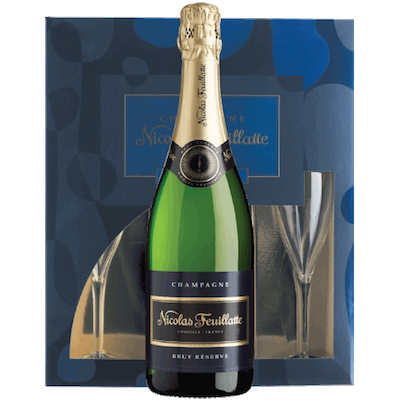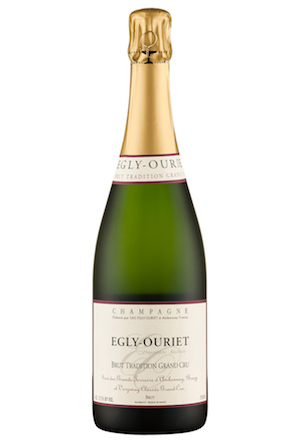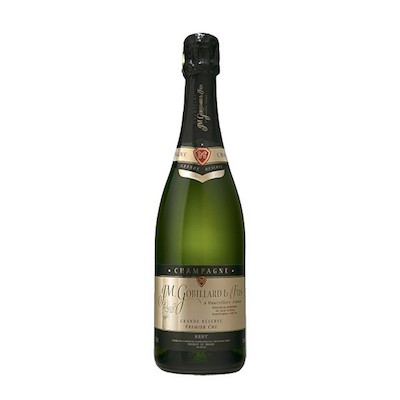Ranking 15 of the Best Champagnes
Photo by Mooid Art/Shutterstock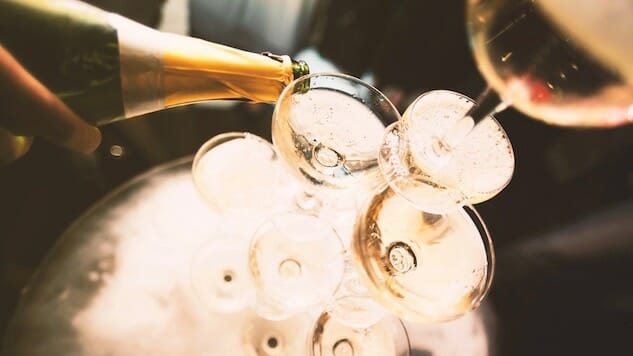
So, particularly for folks whose bubbly beverage is an IPA, let’s get a couple of Sparkling Wine 101 things out of the way. Not all sparkling wine is Champagne; in fact most of it isn’t. To be called Champagne, your wine must come from the Champagne region of France, it must be made by a strict method, and it may only contain one or more of three grapes: Pinot Noir, Pinot Meunier, and Chardonnay. Tweak any of those criteria one little bit and you’re not Champagne.
Terminology: “Blanc de Blanc” means a white wine made from white grapes (so in this region, 100% Chardonnay). “Blanc de Noirs” means a white wine made from black Pinot grapes without any skin contact to give it a tint. “Rosé” is pink, and can be varietal Pinot Noir, or a combo of Pinot Noir with Pinot Meunier and /or Chardonnay. “Non-vintage” means the wine in the bottle didn’t come from one single harvest year, but a mixture-a common practice in Champagne and by no means an indicator that you’re drinking a lesser product. “Vintage” means the grapes all came from the same place and at the same time. I am not specifying vintages here unless it matters for some reason; the point of these bottles is that the producers are really dependable and whichever release is on the shelves, it’ll do right by you. “Cuvée” can mean a lot of things but in high end producers, expect it to mean a special, high-quality blend. Good? Good.
Oh, also? Taste is subjective and has nothing to do with price points.
Champagne is, by and large, really expensive, and while much of it is amazingly good, you’re also paying a huge premium for the cachet of the name. Wine regions all over the world make completely world-class sparkling wine for a fraction of the price of many Champagnes (check out our list here). That’s what “Champagne tastes” means: That someone just gravitates toward the expensive stuff. Savvy wine buyers know they don’t have to shell out for vintage Krug to be confident they’re going to be pouring something great. That said, if you have a bottle of Krug hanging around, what are you waiting for? Pop the cork!
So why would you buy it? For a random Tuesday night, I wouldn’t (OK: I would, once in a while, but luckily it’s not usually in my budget). Great, classic, carefully-crafted Champagnes from famous and venerable houses (or under-the-radar beauties) have a way of being the festive occasion as much as being something you drink during one. They elevate the mundane and complement the special stuff. They age like champions, becoming more complex and fascinating year after year. They make lovely gifts, especially for intimate occasions. (They can also scream “trying too hard,” so please do yourself a favor and don’t try to dazzle someone by opening a $250 famous-name bottle with a saber on your first date. Trust me on this.) And sometimes, we shell out for something because it has so much history and legend and backstory to it that drinking it is… drinking history. It can be pretty sublime. As Dom Perignon is (apocryphally) said to have exclaimed the first time he tasted sparkling wine: “Come quickly, I am drinking the stars.”
Below are some of the stars of the Champagne region. This list is by no means exhaustive, but we’ve tried to cover a little bit of everything, from the Ridiculously Affordable to the Big Guys.
15. Champagne Collet Brut Art Deco ($40)
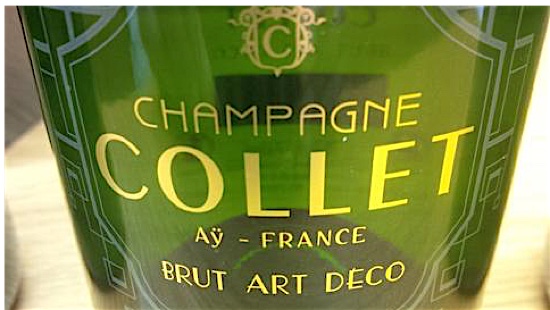
Sometimes things are just pretty. This is an example. Elegant, refined and clean, with a crystalline pale gold color and long beading. Pleasant chalkiness, notes of apricot and raspberry. Perfect acidity and a lively, appealing finish full of candied lemon peel. This is a world-class seafood wine but certainly cannot do you wrong as an aperitif.
14. L. Aubry Fils NV Brut ($39)
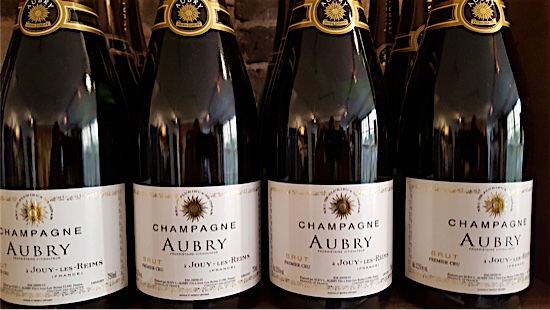
“Champagne prices have a tendency to swing drastically as the large champagne houses reposition themselves during the holiday season, but generally this one comes in at $10-15 less than Veuve Clicquot,” says Certified Sommelier Yashar Shayan, and founder of Impulse Wine. On the nose: aromatic pears and hints of raspberries. On the palate: light cherries, fresh peaches and a creamy finish evoking buttery pastry.
13. Champagne de Saint Gaul Orpale Blanc de Blancs ($90)

An all-Chardonnay Champagne with a lot of really great florals. Acacia and honeysuckle dominate. Notes of apricot, pastry, and almond, a little hint of candied ginger. Extremely fresh, a tiny bit steely. Really well structured. The obvious choice with this is a big plate of oysters, but that’s true of a lot of sparkling wines: Just because you shelled out doesn’t mean it has to be shellfish. I’d be totally cool putting this next to a perfectly seared rib eye and some fingerling potatoes.
12. Thierry Triolet Brut Champagne ($25)
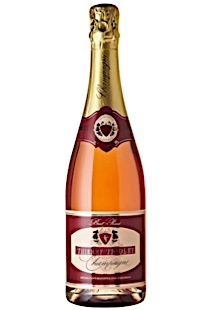
Andy Hale of Sour Grapes in Asheville, N.C., calls this one of the most affordable grower champagnes he’s ever seen. A blend of 65% Chardonnay and 35% Pinot Noir gives this wine a rich, luscious texture (one of Chardonnay’s hallmarks) with a beautiful floral flavor (thank you, pinot!). Triolet farms in a traditional method called Lutte Raisonée, which is similar to U.S. organic farming. This is truly a champagne that must be tasted to be believed. It tastes far more expensive than it is and is a great draft pick for a debonair, understated dinner party contribution that will make everyone feel treated to something special.
11. Moët & Chandon Grand Vintage Rosé 2008 ($69)
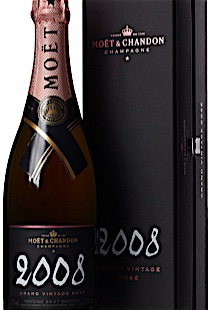
Whether Champagne is truly an aphrodisiac remains a subject of debate, but if you’re looking for a love potion, or a sparkling wine to fall in love with, this is a pretty great one. (P.S., if you’re on your own, this wine will happily be your date.) Intense nose, with fresh raspberries leading, along with assorted florals. On the palate the wine is balanced and exceedingly well-structured. Strong red berry notes courtesy of a pinot majority in the blend (I get a ghost of something citrusy too), beautiful delicate rosy hue, persistent mousse, a delicate creaminess. 2008 was a great year for Champagne, but if you find one from a different vintage, you’re in for treat regardless. This is a classic Champagne house and this bottle makes a classy, classic Valentine’s day wine. Use it as an excuse to stay the hell out of restaurants!
10. Piper-Heidesieck Brut Cuvée ($45)
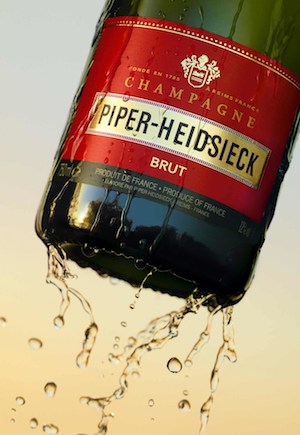
This Blanc de Noirs is an absolute classic, a straightforward and fruit-forward Champagne, full-bodied and a bit fleshy. Juicy, opening on pear notes and a little bit of something gingery, plums, a little bit of pie crust and a grapefruit-dominant finish. This is not an austere wine, nor is it particularly exotic. It’s a Little Black Dress Champagne—goes with everything, always in style, appropriate for any occasion. Excellent gift. Including to yourself.
9. Perrier-Jouet Grand Brut ($45)

Chardonnay, Pinot Noir and Pinot Meunier (an unusually high percentage of the Meunier, around 40%). This is the real deal, a true Champagne with an ancient lineage, but a more affordable bottle than the House’s signature “Belle Epoque.” Light, elegant and lively, this wine carries a good deal of lemon and lime zest on the nose and tart berries on the palate. It’s clean, versatile, and lovely. It’s not so precious you feel like you can’t open it, and it will elevate a festive occasion-or make a mundane one feel festive.
-

-

-

-

-

-

-

-

-

-

-

-

-

-

-

-

-

-

-

-

-

-

-

-

-

-

-

-

-

-

-

-

-

-

-

-

-

-

-

-

